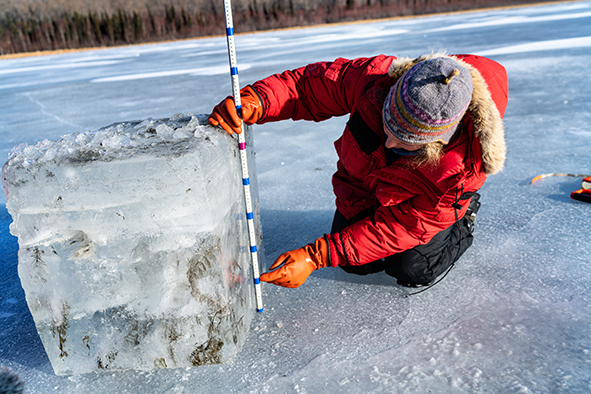Epson has announced a commitment to inkjet solutions and its Heat Free Technology.
The company sees inkjet, using its PrecisionCore technology, as the future of printing for home, enterprise, office, large format and industrial applications. Bruce Bealby, general manager marketing for Epson Australia, says, “Epson’s inkjet printing technology is increasingly the technology of choice in many areas. As we all know, there are always many variations on a theme as far as technology is concerned and inkjet technology is no different. Epson has seen continued and consistent growth in our enterprise and office Heat-Free inkjet solutions powered by our unique PrecisionCore technology and have committed to it, globally, as the future of office printing.”
Scalable solutions
Epson says its scalable PrecisionCore inkjet solutions have application across the board from entry level office printers to industrial large format printers. In addition, Epson PrecisionCore printers use fewer moving parts than traditional laser technology. Epson says this makes its printers inherently more reliable and fewer moving parts drive down production and service costs.
The company says its Heat-Free Technology uses far less power, often to 94 per cent less, than comparable laser printers. Epson and National Geographic make this point in their Global ‘Turn Down the Heat’ campaign.
They say the Arctic is warming twice as fast as the rest of the Earth. As its permafrost ice melts, it releases powerful methane greenhouse gases into the atmosphere. This accelerates global warming in an increasingly destructive cycle.
Arctic “melting before our eyes”
Arctic researcher Professor Katey Walter Anthony is a National Geographic Explorer. Her work has helped reveal that Arctic lakes emit five times more methane than previously thought. She explains, “The Arctic is literally melting before our eyes, and what happens in the Arctic does not stay in the Arctic. It affects the entire planet Katey explains, “The Arctic is literally melting before our eyes, and what happens in the Arctic does not stay in the Arctic. It affects the entire planet.
She uses Epson printers to make copies of maps and data from her field research. Epson says its Heat Free Technology save as much as 94 per cent of the energy used by comparable traditional laser printers. The Epson printers don’t require heat to warm up like laser printers, which means greater energy and cost savings. She says, “Heat destroys permafrost. When we choose to use Heat Free Technology, we lower our energy consumption. Consequently, this helps to reduce greenhouse gas emissions and slows permafrost thaw. The environmental burden from manufacturing and recycling spare parts is also reduced. Heat-Free Technology uses fewer consumables and parts that need replacing.”
Saving energy
Much of the industrialised world strives to reach net-zero emissions by 2050. Epson says Heat Free Technology brings innate energy savings that can greatly reduce printing solutions’ environmental footprint.
Bealby concludes, “The feedback we consistently get from the market is that inkjet technology is the dominant technology in many areas. These include large format, commercial, and industrial. However, it also continues to excel and significantly grow in popularity in the enterprise and office spaces. It is worth acknowledging again that not all inkjet-based technologies are created equal. Those with the right balance between, reliability, efficiency, sustainability and lower cost will be a force to be reckoned with.”


